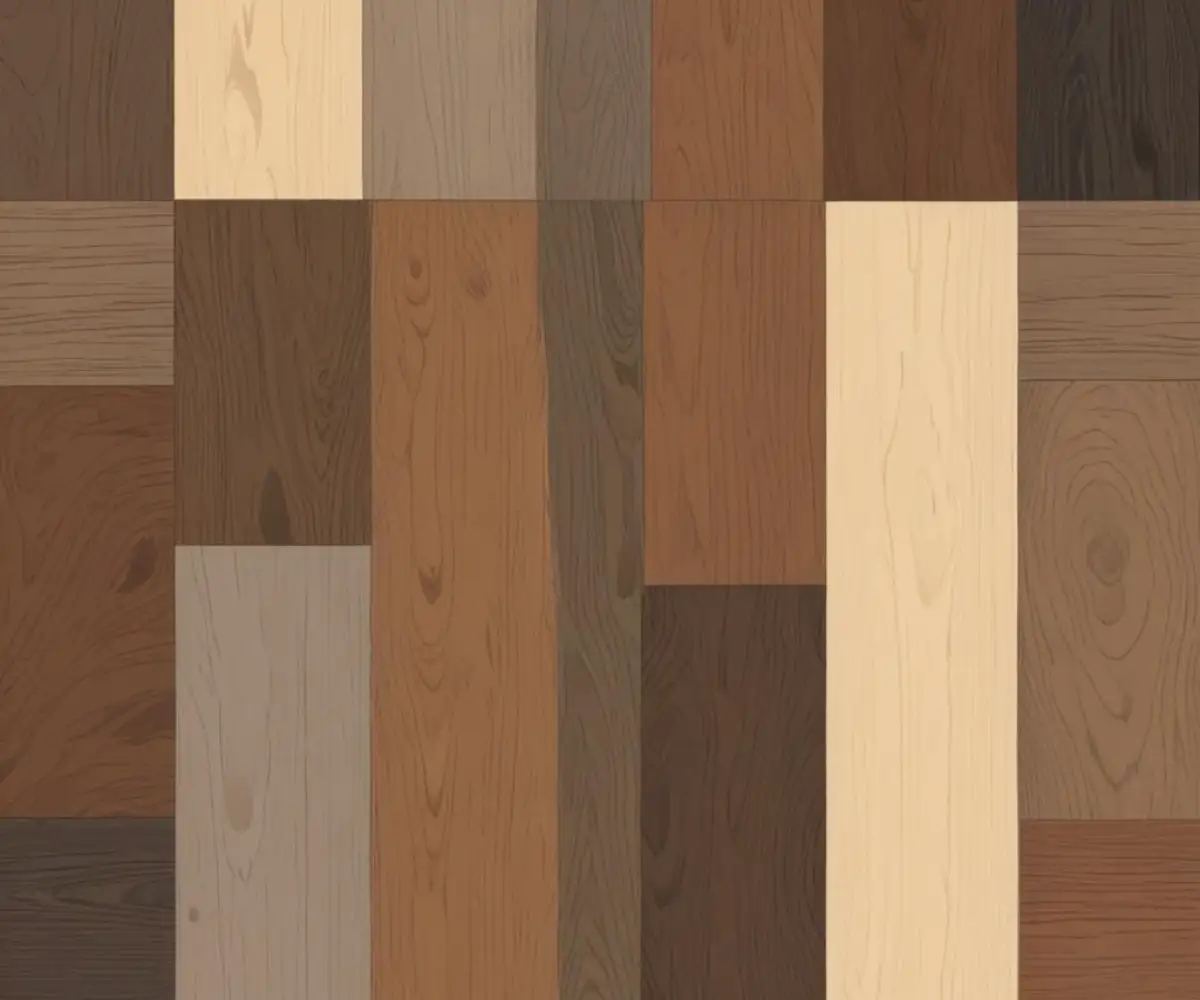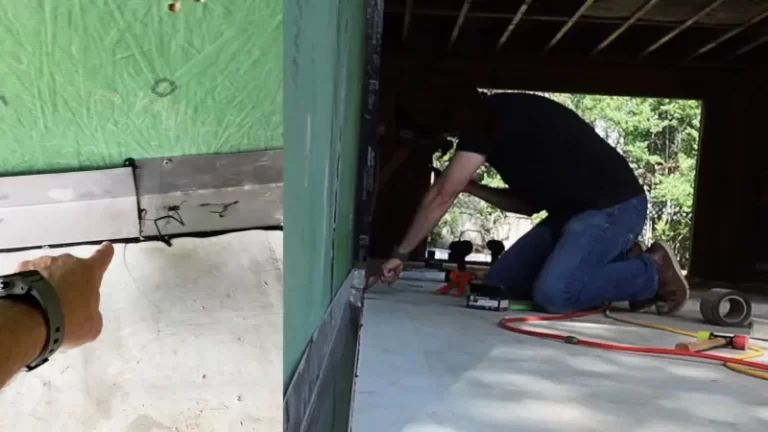Mayflower Flooring Reviews: The Unfiltered Truth Before You Buy
Choosing the right flooring feels like a monumental decision. It sets the tone for your entire home and represents a significant financial investment. In your search, you’ve likely come across the Mayflower brand, especially if you’ve visited an LL Flooring showroom. The prices are attractive, and the selection seems vast, but a nagging question remains: is it actually any good?
You’re stuck between the allure of a great deal and the fear of making a costly mistake. Online reviews are a mixed bag of passionate praise and frustrated warnings, leaving you more confused than when you started. This article will cut through the noise and provide an honest, in-depth analysis of Mayflower flooring, helping you decide if it’s the hidden gem you’re hoping for or a renovation nightmare waiting to happen.
You'll Learn About
What Exactly is Mayflower Flooring?
First, it’s important to understand that Mayflower is a house brand for LL Flooring (formerly known as Lumber Liquidators). This means you’ll primarily find it sold through their stores. They position themselves as a budget-friendly to mid-range option, offering a wide array of styles across several popular flooring categories.
Their main product lines include solid hardwood, engineered hardwood, and the increasingly popular luxury vinyl plank (LVP). This variety is a major draw for homeowners, as it allows them to find a Mayflower product for nearly any room or application. The brand aims to deliver an attractive look at a price point that’s often significantly lower than premium, big-name competitors.
The Core Problem: Price vs. Quality Concerns
The central issue homeowners face when considering Mayflower is the classic trade-off between price and quality. The attractive price tags are a huge motivator, but they also raise red flags. Many wonder if the lower cost comes at the expense of durability, longevity, and overall product quality. This uncertainty is the root of most negative experiences and reviews.
Common fears revolve around the flooring scratching easily, wearing out prematurely in high-traffic areas, or having manufacturing defects that make installation a headache. These are valid concerns that can turn a dream renovation into a source of long-term frustration. The rest of this article will tackle these issues head-on by examining real-world customer feedback and product specifics.
A Deep Dive into Mayflower Flooring Reviews
To get a clear picture, we’ve analyzed countless reviews from homeowners, DIYers, and even professional installers. A clear pattern of pros and cons emerges, highlighting who this flooring is best for and who should probably steer clear. It’s in these real-world experiences that the true nature of the brand is revealed.

The Good: What Customers Frequently Praise
Despite some negative feedback, many customers are genuinely happy with their Mayflower floors. The most consistent praise centers on two key areas: affordability and aesthetics. For many, the value proposition is simply too good to ignore.
Many reviews mention that the floors look beautiful right after installation, providing the high-end appearance of more expensive brands for a fraction of the cost. Homeowners on a tight budget appreciate that they can achieve a modern, updated look without breaking the bank. The wide selection of colors and styles also receives positive marks, allowing for design flexibility.
The Bad: Common Complaints and User Pain Points
On the other side of the coin are significant and recurring complaints. The most common issue cited in negative reviews is a lack of durability, specifically related to scratching. Pet owners and families with young children frequently report that the finish scuffs and scratches far too easily from everyday activities like pets’ claws or moving furniture.
Another major pain point is quality control. Many users report opening boxes to find warped boards, inconsistent plank sizes, and damaged tongue-and-groove systems. These defects not only detract from the final look but can turn the installation process into a grueling challenge, leading to gaps, uneven surfaces, and a significant amount of wasted product.
Product Line Breakdown: LVP vs. Engineered Hardwood
Mayflower’s two most popular categories are Luxury Vinyl Plank and Engineered Hardwood. Each has its own unique set of characteristics and associated customer feedback. Understanding the differences is crucial to selecting the right product for your space.
Mayflower Luxury Vinyl Plank (LVP) Reviews
Mayflower’s LVP is often chosen for its waterproof properties, making it a popular choice for kitchens, bathrooms, and basements. It offers the look of real wood with greater resilience to moisture. However, reviews indicate that the wear layer—the top protective coating—may be thinner than on more premium brands, contributing to the scratching and scuffing issues mentioned earlier.
While users love the ease of cleaning and water resistance, some have noted that the click-lock installation system can be brittle. Care must be taken during installation to avoid damaging the planks. Overall, the LVP is often seen as a good option for low-traffic, moisture-prone areas where budget is the primary concern.
Mayflower Engineered Hardwood Reviews
Engineered hardwood consists of a thin layer of real hardwood veneer over a core of plywood or high-density fiberboard. This construction makes it more stable than solid hardwood and less susceptible to changes in humidity. Mayflower’s engineered options are praised for providing the authentic look and feel of real wood at a lower price. However, this is a product where quality control issues seem most prevalent.
Complaints about inconsistent finishes and warped boards are common. Furthermore, the thin veneer layer means the floor can only be sanded and refinished once, if at all. This significantly reduces its long-term lifespan compared to solid hardwood. Managing humidity is key for any wood floor; in areas with moisture concern like a basement or even near a porch, using tools to control the environment can be critical. Sometimes, the solutions are simple, like adding a dehumidifier for a screened porch to maintain stability.
Mayflower vs. The Competition: A Head-to-Head Comparison
To provide context, it’s helpful to see how Mayflower stacks up against other well-known flooring brands. This table offers a general comparison based on common perceptions and review data. Keep in mind that quality can vary even within a single brand’s product lines.
| Brand | Price Range | Typical Durability Rating | Primary Retailer | Best For |
|---|---|---|---|---|
| Mayflower | Low to Mid | Fair to Good | LL Flooring | Budget-focused projects, low-traffic areas |
| LifeProof | Mid-Range | Very Good | The Home Depot | DIY installation, high-traffic, and wet areas |
| Pergo | Mid to High | Excellent | Lowe’s, Independent Retailers | Scratch resistance, long-term durability |
| Shaw | Mid to High | Excellent | Independent Retailers | Wide selection and premium quality |
The Final Verdict: Is Mayflower Flooring the Right Choice for You?
After a thorough review, the answer is not a simple yes or no—it depends entirely on your priorities, budget, and expectations. Mayflower flooring is a viable option for a specific type of buyer but can be a major disappointment for others.
Who It’s a Great Fit For:
Mayflower flooring is best suited for budget-conscious homeowners who prioritize aesthetics over long-term durability. It can be an excellent choice for low-traffic areas like guest bedrooms or formal living rooms. If you are flipping a house or need a quick, affordable update and are prepared to be meticulous during installation, this brand can deliver a beautiful result for a low cost.
Who Should Absolutely Avoid It:
If you have a busy household with large pets, active children, or heavy foot traffic, you should probably invest in a more durable brand. Those looking for a “forever” floor that will stand the test of time and add significant long-term value to their home may find Mayflower’s quality lacking. If the thought of dealing with potential quality control issues like warped boards sounds like a nightmare, it’s best to look elsewhere.
Tips for Success if You Choose Mayflower Flooring
If you decide that Mayflower is the right choice for your project, you can significantly increase your chances of a successful outcome by following a few key steps. Proper preparation and installation are paramount with budget-friendly flooring.
Prioritize Professional Installation
While DIY installation can save money, many of the issues reported in negative reviews stem from installation errors. A professional installer can better handle minor board imperfections, ensure the subfloor is perfectly prepared, and navigate the sometimes-finicky click-lock systems. This is one area where spending a little extra can save a lot of headaches.
Acclimate and Inspect Rigorously
Do not skip the acclimation period. Let the flooring sit in the room where it will be installed for at least 72 hours to adjust to the temperature and humidity. Before you begin, open several boxes and inspect every single plank for defects. Mix boards from different boxes to ensure a natural color and pattern variation. While a new floor is the focus, remember that a beautiful room is a sum of its parts, including details like a well-placed soundbar above the fireplace, which also requires careful planning.
Focus on Subfloor Preparation
No flooring will perform well on an uneven or dirty subfloor. Ensure your subfloor is perfectly flat, clean, and dry before a single plank is laid. Any imperfections will translate to the finished floor, causing squeaks, gaps, and premature wear. Sometimes, preparing the space can reveal other small but annoying issues to fix, like discovering you need to address a Luxe Bidet toilet seat gap in an adjoining bathroom.

